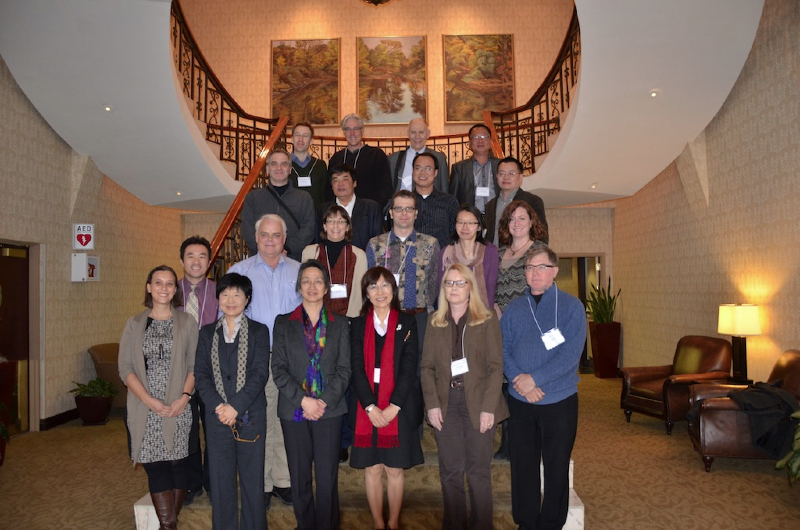A COMPOSITIONAL STUDY OF A SELECTION OF SONG DYNASTY CHINESE CERAMICS FROM THE JAVA SEA SHIPWRECK: RESULTS FROM LA-ICP-MS ANALYSIS
DOI:
https://doi.org/10.7152/jipa.v35i0.14893Abstract
Although much historical work has been done on early trading networks in the South China Sea and Indian Ocean regions, few published projects have utilized the rich contributions that underwater archaeology can make to the study of such relationships and their intricacies. In this paper, I use the twelfth-thirteenth century Java Sea Shipwreck as a starting point to examine medieval maritime exchange networks and the production of trade goods in East and Southeast Asia during the early second millennium AD. Specifically, I report on the results of laser ablation-inductively coupled plasma-mass spectrometry (LA-ICP-MS) analysis conducted at The Field Museum of Natural History in Chicago on a number of high-fired Chinese ceramics from the shipwreck. This geochemical analysis was undertaken in order to assess correlations between style and material and to identify potential kiln sites where the pieces were manufactured. By doing so, we can better understand the organization, intensity, and scale of ceramic production in China at the time and how these commodities linked Chinese producers to consumers throughout East and Southeast Asia and the Indian Ocean World.Downloads
Additional Files
- Figure 8: R-Q mode biplot of principal components 1 and 2 based on glaze compositions
- Table 1: Frequencies of ceramic paste and glaze samples by style analyzed using LA-ICP-MS
- Table 2: Mahalanobis distance probabilities of group membership for the three main paste groups based on style
- Table 3: Average elemental concentrations of chemical groups based on paste composition
- Table 4: Possible kiln assignments of Java Sea Shipwreck ceramics (pastes) analyzed using LA-ICP-MS based on Leung and Luo’s (2000) classification
- Table 5: Average elemental concentrations of chemical groups based on glaze composition
- Appendix 1: Ceramic sample information
- Figure 1: Map of China showing the port of Quanzhou and the kiln sites of Dehua and Jingdezhen
- Figure 2: Location of the Java Sea Shipwreck
- Figure 3: Qingbai ewer from the Java Sea Shipwreck (Photo © The Field Museum, Catalog #350385)
- Figure 4: Qingbai-style covered box from the Java Sea Shipwreck (Photo © The Field Museum, Catalog #344284)
- Figure 5: Green-glazed bowl from the Java Sea Shipwreck (Photo © The Field Museum, Catalog #349352)
- Figure 6: Painted (Cizhou-style) ewer from the Java Sea Shipwreck (Photo © The Field Museum, Catalog #350392)
- Figure 7: R-Q mode biplot of principal components 1 and 2 based on paste compositions
Published
2015-12-17
Issue
Section
Articles

